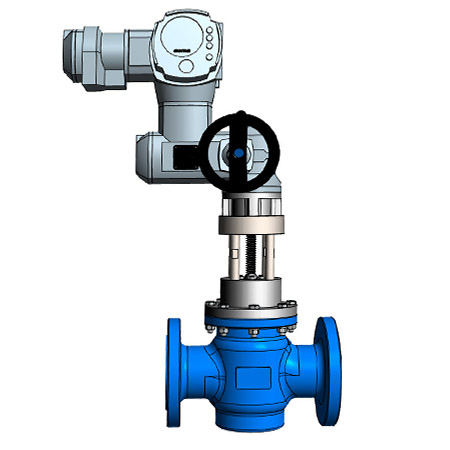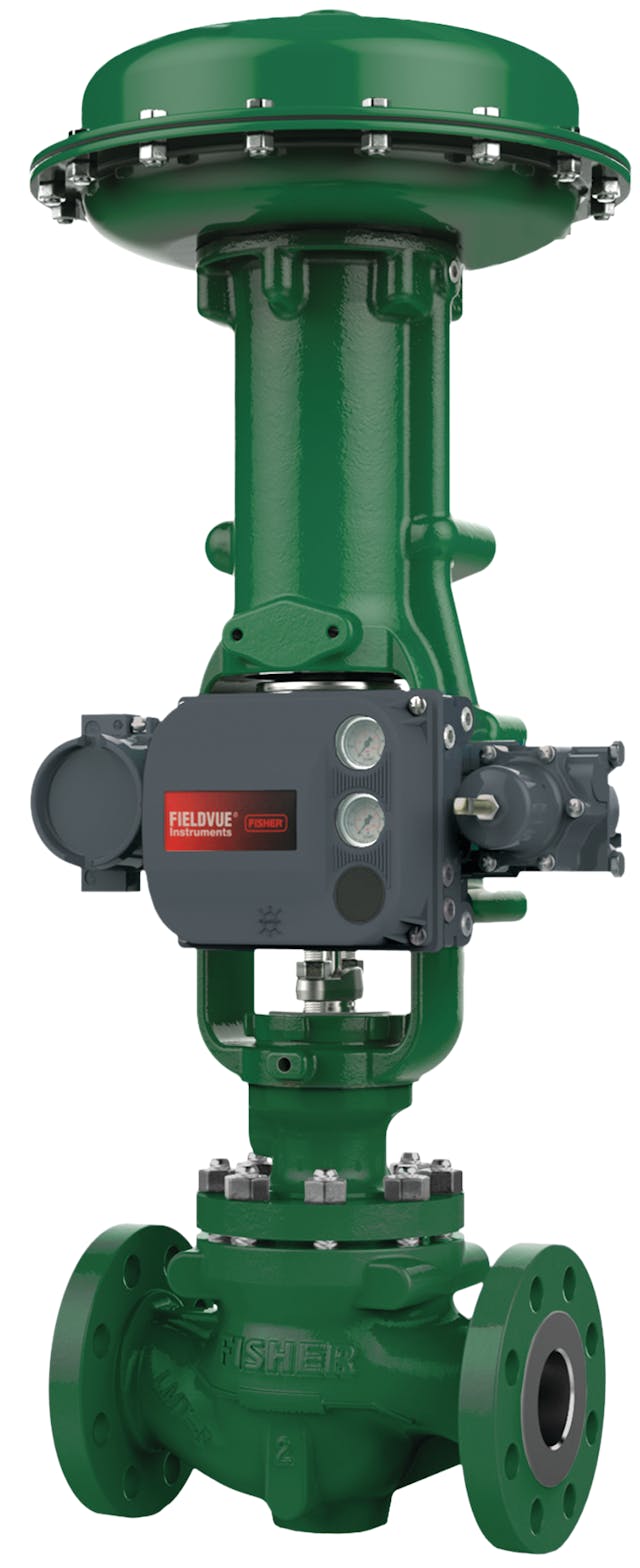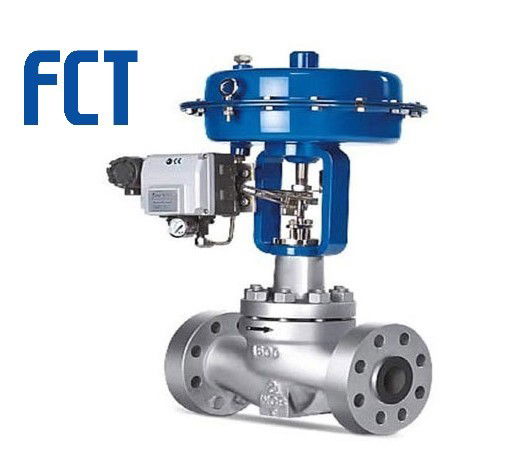Choosing the Right Control Valves: A Guide to Ideal System Performance
Choosing the Right Control Valves: A Guide to Ideal System Performance
Blog Article

Maximize Energy Savings and Comfort With Advanced Structure Automation Controls
In the world of modern-day design and center monitoring, the combination of sophisticated structure automation manages stands as a critical advancement. The merging of innovation and sustainability has actually birthed a new period where power performance, comfort optimization, and operational streamlining are no much longer obtainable realities yet far-off ambitions. By using the power of automation, structures can adjust, respond, and progress in methods that were as soon as unimaginable. The possibility for considerable power savings and boosted comfort is not just a possibility but a guarantee waiting to be fulfilled. This paradigm shift in building monitoring holds the crucial to unlocking a world where ecological conscientiousness and owner well-being harmoniously coexist within the walls of our frameworks.
Power Efficiency Perks
Energy effectiveness advantages can dramatically reduce power usage and operational prices in structures. By carrying out energy-efficient practices and innovations, structure proprietors and drivers can achieve considerable financial savings while additionally adding to ecological sustainability. Among the key advantages of enhancing power effectiveness in buildings is the decrease of energy expenses. Energy-efficient systems, such as innovative structure automation controls, can maximize the use of resources like cooling, heating, and lighting, causing lower energy expenditures with time.
Additionally, boosted power performance can prolong the life-span of structure equipment and systems. By operating a lot more successfully, HVAC systems, lighting components, and various other structure components experience less wear and tear, resulting in reduced upkeep and replacement expenses. In addition, energy-efficient buildings usually command higher residential or commercial property values and rental prices, providing long-term financial benefits to owners.
Additionally, power effectiveness can boost occupant convenience and efficiency. Correctly managed indoor atmospheres with ideal lighting and thermal problems create an even more pleasurable and helpful work area, leading to enhanced employee complete satisfaction and efficiency. Generally, the energy efficiency benefits connected with innovative structure automation controls are multifaceted, incorporating price savings, environmental stewardship, and owner health.
Enhanced Convenience Control
Enhancing comfort control in structure settings needs a sophisticated combination of innovative automation systems for optimum occupant well-being. By utilizing advanced building automation controls, facilities can tailor the interior setting to satisfy the details requirements and choices of occupants. control valves.
By including these advanced controls, structures can not just improve comfort however likewise enhance energy effectiveness by enhancing system operations based on real tenancy and use patterns. Eventually, prioritizing occupant convenience through innovative automation systems leads to a more delightful and much healthier indoor setting.
Functional Effectiveness Improvements

Moreover, the application of real-time surveillance and analytics tools allows structure drivers to determine energy ineffectiveness and functional anomalies quickly. By constantly keeping track of energy usage patterns and system efficiency metrics, adjustments can be made in real-time to enhance energy usage and ensure peak functional effectiveness. control valves. In addition, including demand response techniques right into Recommended Reading building automation controls can even more enhance functional performance by dynamically adjusting power usage based on grid problems and rates signals
Indoor Environment Optimization
Reliable interior climate optimization is an essential element of structure automation controls, ensuring residents' convenience and well-being while taking full advantage of power financial savings. By utilizing innovative sensors and controls, building automation systems can constantly readjust and check temperature level, moisture degrees, air quality, and air flow to create an optimum interior environment. Keeping constant and comfortable problems not only boosts occupant fulfillment but additionally increases productivity and total well-being.
Indoor environment optimization likewise plays an important duty in energy effectiveness. By fine-tuning cooling, home heating, and ventilation systems based on real-time data and tenancy patterns, constructing automation controls can considerably reduce energy usage - control valves. For example, executing strategies such as demand-controlled air flow and thermal zoning can help minimize power waste while ensuring that each area of the building receives the necessary conditioning.

Sustainable Setting Creation
Building automation controls not only maximize indoor environment conditions for power efficiency and passenger convenience yet additionally lay the structure for creating a lasting environment with strategic management of resources and systems. By integrating advanced structure automation modern technologies, such as sensors, actuators, and intelligent software application, facilities can monitor and readjust power use in real-time to lessen waste and lower Continue their carbon footprint. These systems enable predictive upkeep, recognizing possible concerns before they intensify and maximizing equipment performance to boost long life and efficiency.
Additionally, sustainable atmosphere development extends beyond energy administration to include water preservation, waste reduction, and indoor air top quality renovation. Structure automation controls can control water use, spot leakages, and ensure appropriate garbage disposal methods, contributing to general sustainability efforts. Additionally, by regulating and keeping track of ventilation and purification systems, these innovations improve passenger wellness and efficiency while lowering power usage connected with HVAC operations.
Final Thought
To conclude, advanced structure automation manages deal considerable advantages in terms of energy savings, convenience control, operational effectiveness, interior environment optimization, and producing a sustainable setting. By applying these controls, buildings can achieve optimal efficiency while decreasing energy usage and improving passenger convenience. It is evident that the use of sophisticated automation innovation is important in enhancing structure performance and creating a much more lasting future.
Energy performance benefits can dramatically reduce straight from the source power usage and operational prices in structures. In general, the power efficiency benefits connected with innovative building automation controls are diverse, encompassing expense savings, ecological stewardship, and owner well-being.
Additionally, incorporating need feedback methods right into structure automation controls can better boost operational efficiency by dynamically changing power use based on grid problems and pricing signals.
Building automation regulates not only optimize interior environment conditions for energy performance and resident convenience yet additionally lay the foundation for producing a sustainable atmosphere with critical administration of resources and systems.In final thought, progressed structure automation regulates deal substantial advantages in terms of power savings, convenience control, operational performance, indoor climate optimization, and developing a lasting setting.
Report this page